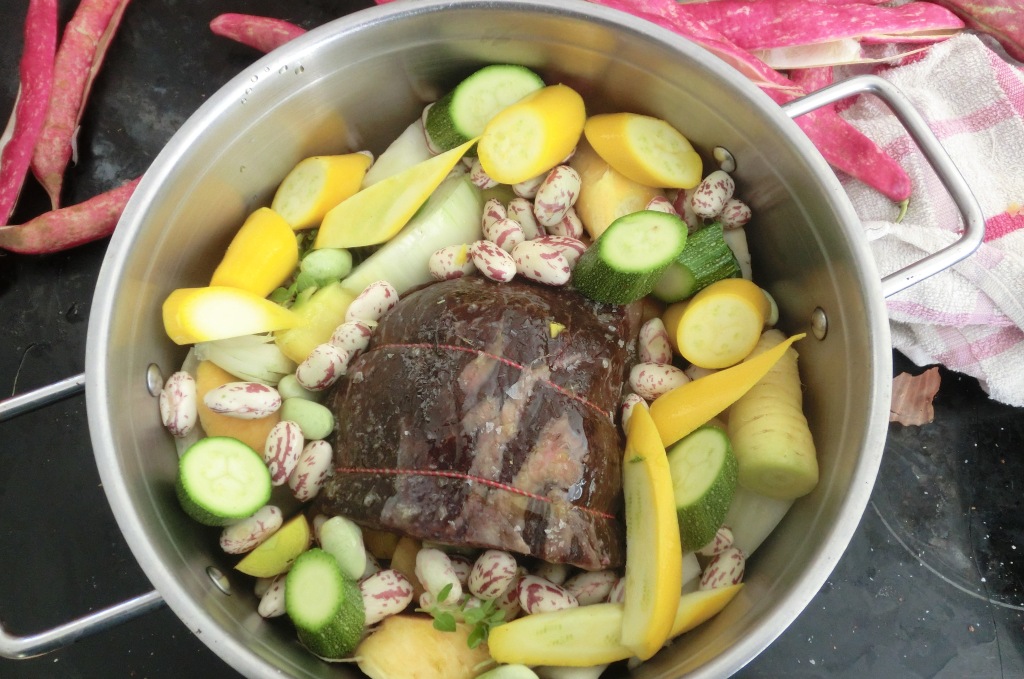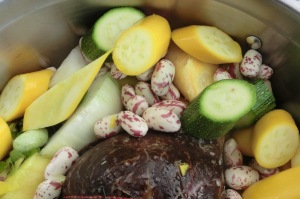I’m due to speak next month at the Isle of Wight literary festival, and looking forward to chipping in on a discussion about the future of books, chaired by Michael Grade.
The link to the weekend’s starry line up of events is here:
http://isleofwightliteraryfestival.org/
I’m almost four months into my experiment with Argonaut Books, publishing the e-book version of The Gunpowder Gardens on Kindle, iPad and the Nook, and while it hasn’t allowed me to chuck writing and go fishing, the results have been pretty interesting.
In the first book I wrote, I was inspired by the tea caddies of my colonial grandmothers to explore the relics of colonial trade on the South China coast, the tea auctions of Calcutta and the tea gardens of the Himalayas. Shortlisted for the Thomas Cook Travel Book Award, The Gunpowder Gardens takes the reader on a journey through the tea lands of India and China, blending the history – and flavour – of tea with travel narrative.
With a cast of unexpected characters from Hong Kong’s Professor Tea to The Nose in Darjeeling, The Gunpowder Gardens is, in the words of The Sunday Times, ‘full of fascination’.
You can read some (genuine!) reviews on Amazon here:
The book sells a few more copies on Kindle every month, which is nice; and I did an impromptu giveaway last month, over a wet weekend, which led to almost 1500 Kindle users downloading it. That, I think, is like someone lending you a book they’ve enjoyed – why not?
The odd thing is that Kindle users seem enthusiastic – but it’s been pretty slow on the iPad, which is linked to the iTunes Store. I don’t know why that is.
Meanwhile, Artemis Cooper’s long-awaited biography of Patrick Leigh-Fermor is out next month, and to coincide with that Argonaut Books will publish my second book, On Foot to the Golden Horn: A Walk to Istanbul.
Two of Paddy’s travel masterpieces, A Time of Gifts, and Between the Woods and the Water, detail his own walk to Istanbul (which he always called Constantinople) in the mid-1930s. It was a moment before huge changes in eastern Europe swept away a whole world of wild Hungarian aristocrats, German nightclubs, retired scholars and families whose 16 quarterings gave them a place in the Almanack de Gotha, and those books are a wonderful evocation of that lost world.
My attempt to follow in his giant footsteps produced, as I see now, a different record of another, vanishing world: the near-mediaeval world of Europe’s last peasantry. In 1990, as the walls of communism were collapsing, most of eastern Europe was still inhabited and fed by small farmers and their families, holding a few acres and a few cows, ploughing with horses, sowing by hand – generous, warm-hearted people who were always prepared to give house-room (or a cosy barn full of straw) to a couple of hikers, making for a faraway city.
It’s a faintly elegiac book, though I had no idea how fast the changes might come; but it’s also, I’m happy to say, the record of an eccentric six-month courtship, on the road.











